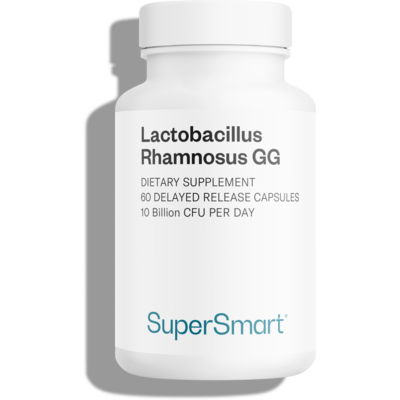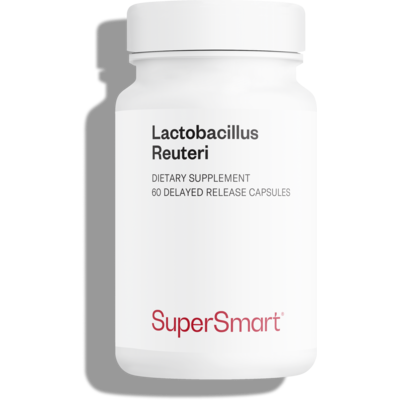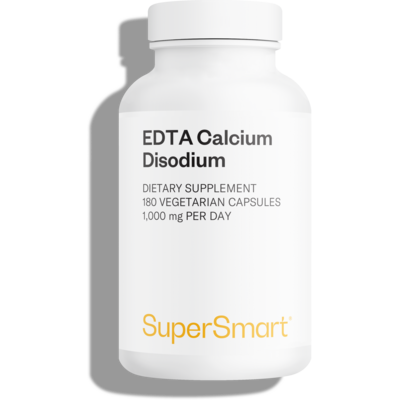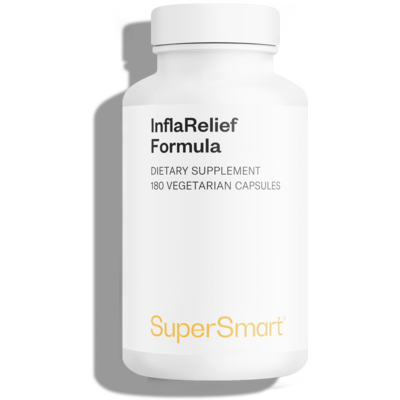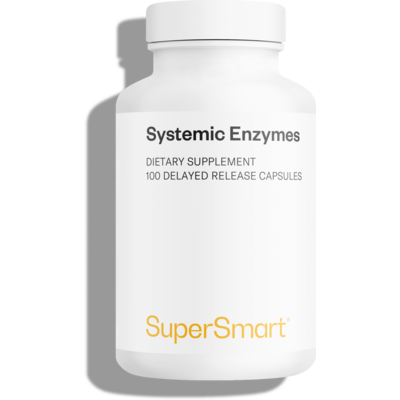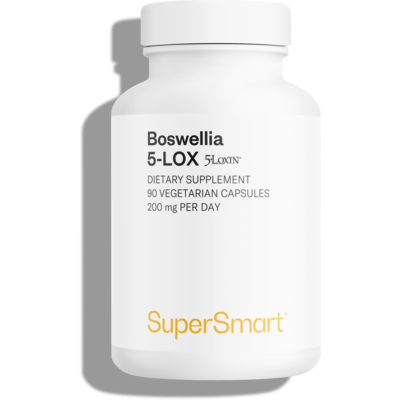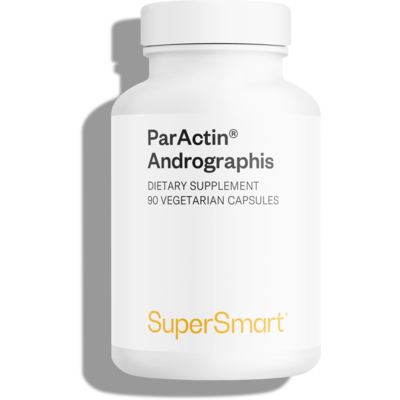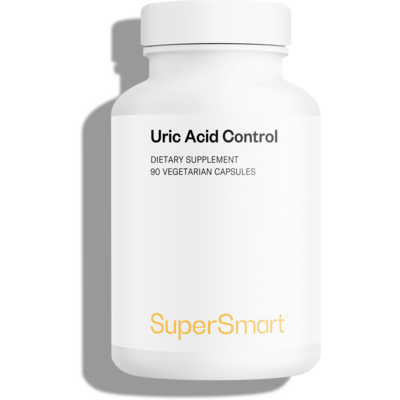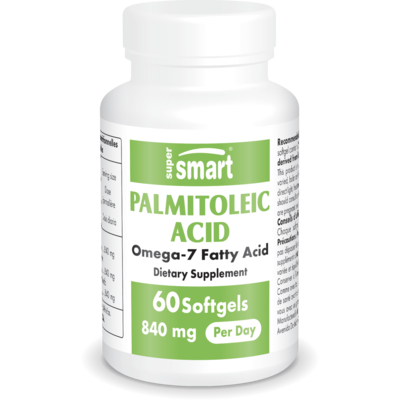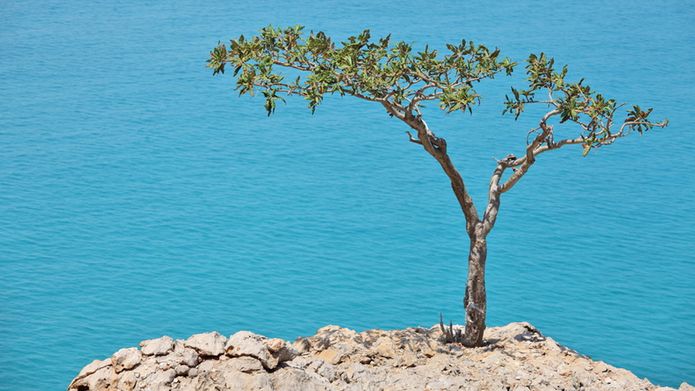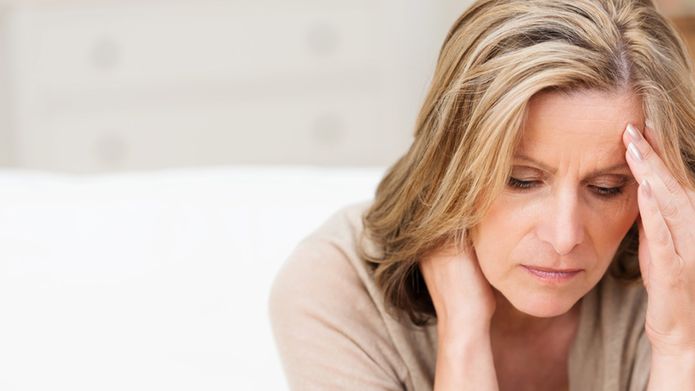Create Your Offer
Butterbur Extract is an extract of Petasites hybridus, standardized to 15% active ingredients and delivered in vegetarian capsules. It has anti-inflammatory and anti-allergy properties to help with asthma, allergies, and migraines, now available to buy in supplement form at SuperSmart.
What is Butterbur?
Butterbur, also known by its botanical name Petasites hybridus, or as 'plague flower', is a genus of the plant family Asteraceae. In the past, people used the plant's rhizome and large leaves to wrap pats of butter to protect them from the heat – which is how it came to be called butterbur. Its many benefits make it a unique aid for treating a range of health problems, that are often unresponsive to standard medications, which themselves are likely to produce numerous side-effects.
In the 17th century, it was used primarily to treat coughs and asthma. Recognized for its antispasmodic and analgesic properties, butterbur was found in the 1950s to have anti-inflammatory and anti-allergy properties too. Indeed it was given out free to treat migraine, allergic rhinitis, and hay fever. The Swiss company Zeller capitalized on its benefits, marketing it as 'Tesalin', a product made from the plant's leaves.
What are the Benefits Associated with Butterbur?
As with so many medicinal plants, butterbur has a long tradition of use, supported by empirical observation and experience:
- In relation to respiratory diseases (allergic or otherwise), two studies have shown butterbur to be a valid adjunct treatment for asthma, capable of reducing both the frequency of attacks and the dose of corticosteroids required.
- In relation to hay fever, a standardized extract of butterbur leaf (Tesalin) reduces nasal congestion, sneezing, and itchy and watery eyes. These are classic antihistamine effects, but have the advantage of not producing the common side effects on sleep or gastrointestinal function of antihistamine drugs.
- In treating migraine, particularly persistent cases, 25 mg of butterbur (twice a day) can reduce the frequency and duration of attacks. Higher doses (100 to 150 mg a day) have even been shown to reduce migraine attacks by as much as 48%.
Based on this data alone, butterbur would merit reconsideration, but clinical studies have also identified an important new property for the plant: it is able to treat spasms in the urinary tract caused by stones and problems with bladder spasms. Butterbur also reduces urgency and frequency of urination, while relaxing the smooth muscle of the bladder by inhibiting the synthesis of a type of lipid called leukotrienes.
For maximum efficacy, look for nutritional supplements that contain extracts with around 15% active ingredients (petasin and isopetasin) and that are above all free from unwanted compounds such as pyrrolizidine alkaloids. It is vital these compounds are removed during the manufacturing process. It should also be noted that the average active dose is 25 mg (twice a day), for a standardized extract containing 7.5 mg of petasin.
Buy Butterbur Extract capsules to help with asthma and respiratory infections.
WARNINGS
Do not exceed the recommended daily dose. This product is a nutritional supplement and should not be used as a substitute for a varied and balanced diet or a healthy lifestyle.
STORAGE
Store in a cool, dry place away from direct sunlight, heat, and humidity. Keep out of reach of children.
PREGNANCY AND MEDICAL CONDITIONS
If you are pregnant, breastfeeding, or have any medical conditions, consult your healthcare provider before using this product.
SUPPLEMENT INTERACTIONS
Consult your healthcare provider before use, especially if you are taking any medications or other supplements as there may be potential interactions.
Need Help?
Phone Number
+1 (786) 522-3907
From 9 am to 6 pm (EST)
Email Address
You May Also Like






